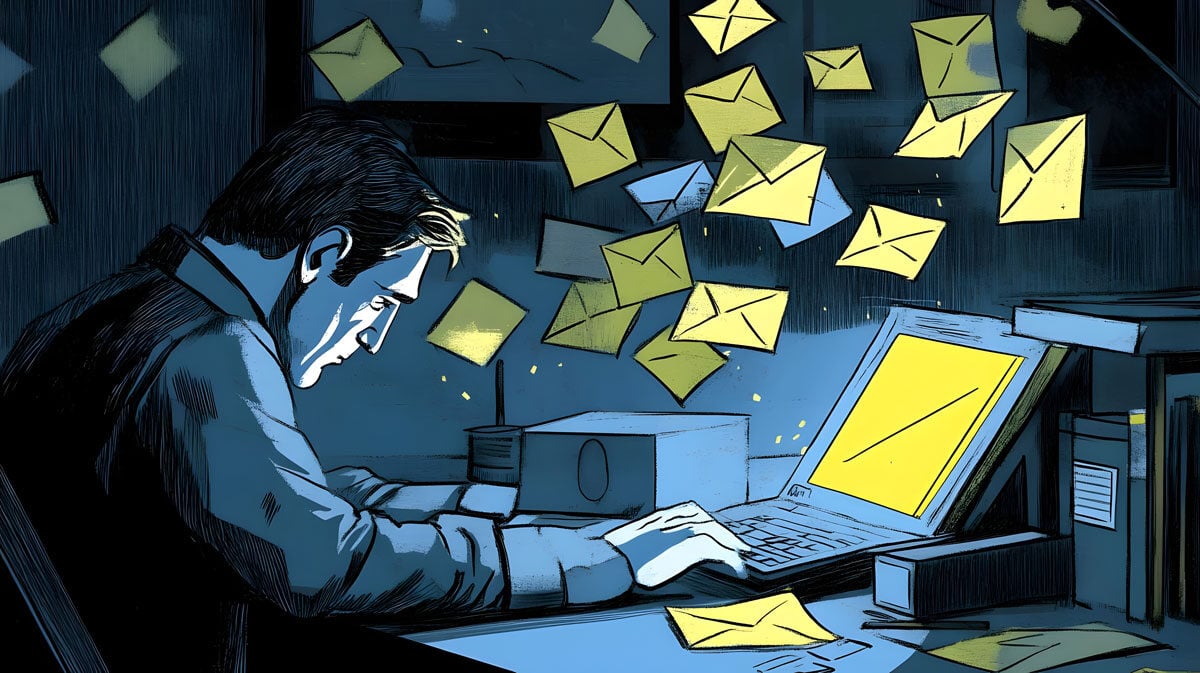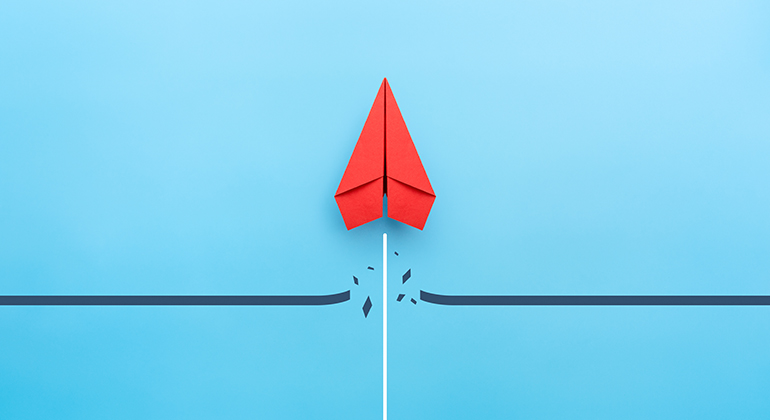Email Marketing Best Practices: Part 3
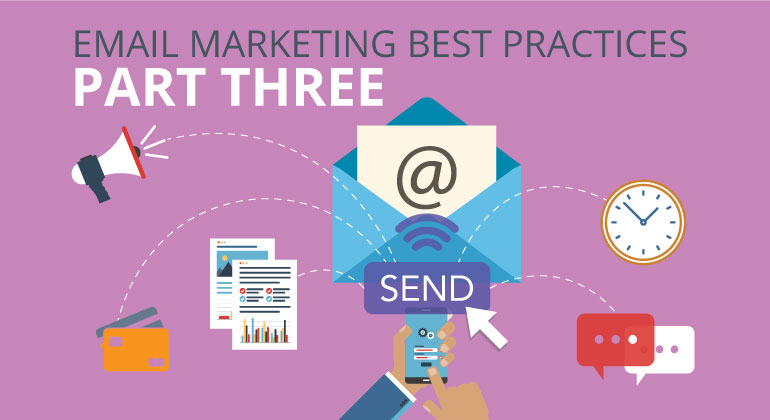
June 14, 2023
Inbound Marketing Email Marketing
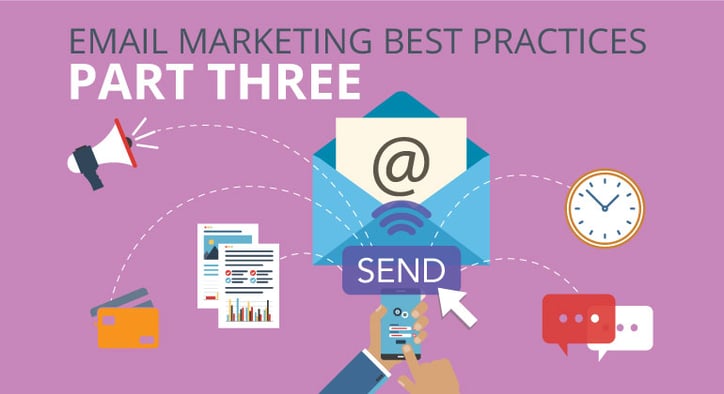
The final components of email marketing best practices focuses on how to strategize and boost your email marketing performance. After all, your goal is to break through the clutter and grab attention in an era when the average office worker receives 90 emails a day! Strategically segmenting your buyers, timing your email distribution and looking ahead to the future of email marketing are effective ways to strategically increase your efforts with buyers.
Buyer Segmentation
Marketers will further analyze their audiences to add logic and segmentation to their email efforts. Behavioral, demographic, contextual and transactional data will be utilized to develop and push emails with the right content and the right timing. Geo-targeting subscribers’ last-seen IP location or open time will boost email relevancy and conversion rates with messaging relative to weather conditions, nearest store location and more. Buyers will truly encounter a holistic email experience.
Timing Recommendations
Determining what time of day to distribute your emails is important because you want to do everything you can to ensure you maximize the open rate and number of click throughs. We’ve found the best source on time of day took into account research findings from 10 different studies. To follow are the highlights:
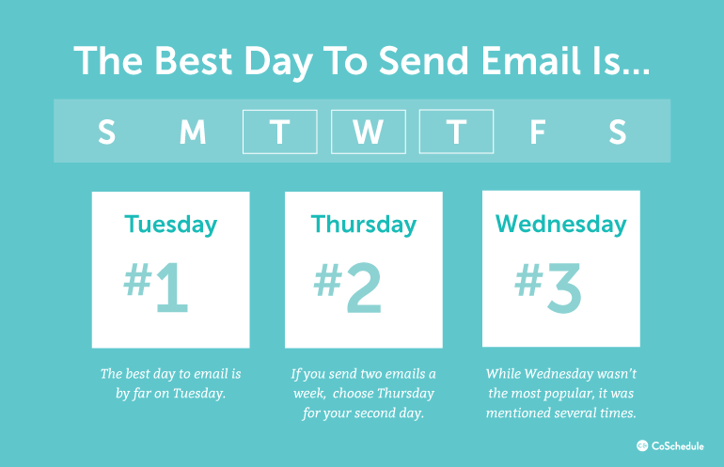
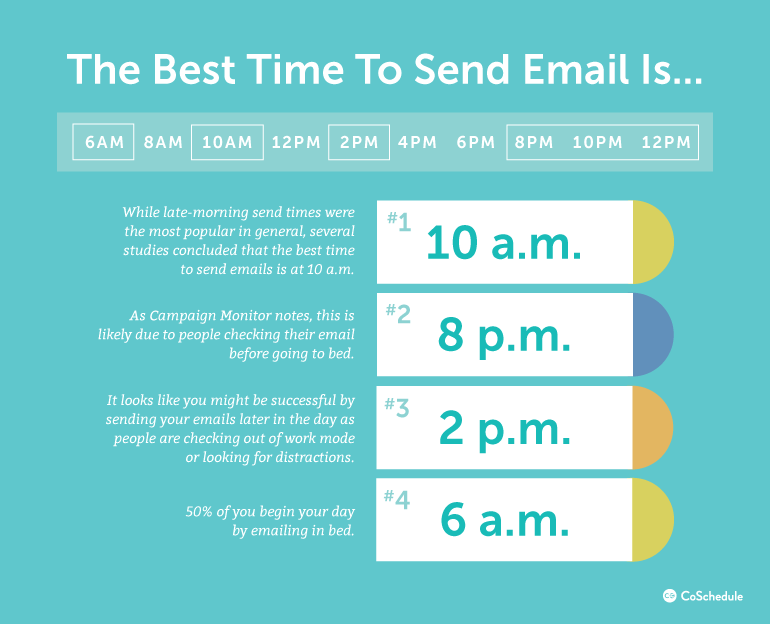
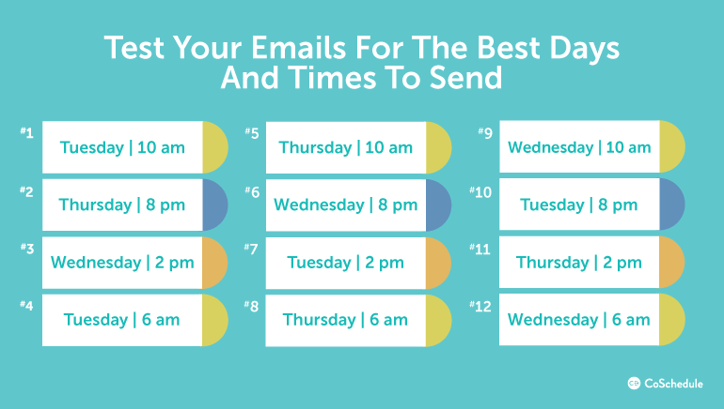
Click here for the full report.
2023 Email Predictions
The email industry is constantly changing, here’s a peek at some of latest trends you should consider putting into action:
- Emails are getting shorter and may soon be the length of a push notification, since more people are viewing emails on smart watches or listening to them on voice-assistant devices. Immediate value must be provided in a few simple, yet engaging words.
- Email service providers are showing users “most relevant” emails before "most recent" ones. Relevancy is determined by the emails they open, people they frequently correspond with and message keywords and content. This makes personalization and building relationships through email critical.
- Live content specific to the opener’s location, device and time of open will change content accordingly to drive context and relevancy, enhancing the user experience.
- Interactive emails will model the more dynamic web environment. Interactivity may trigger an event such as tapping an arrow on a dropdown to open, checking a checkbox, swiping on a slider or even adding an item to your shopping cart to strengthen the quality of your email marketing problem. Interactivity benefits your business too as you gain analytics to know how and when recipients are interacting with your content.
- Top brands will start pairing AI with data and automation to make more informed decisions, such as predicting customer behavior and scheduling emails to send at the optimal time.


